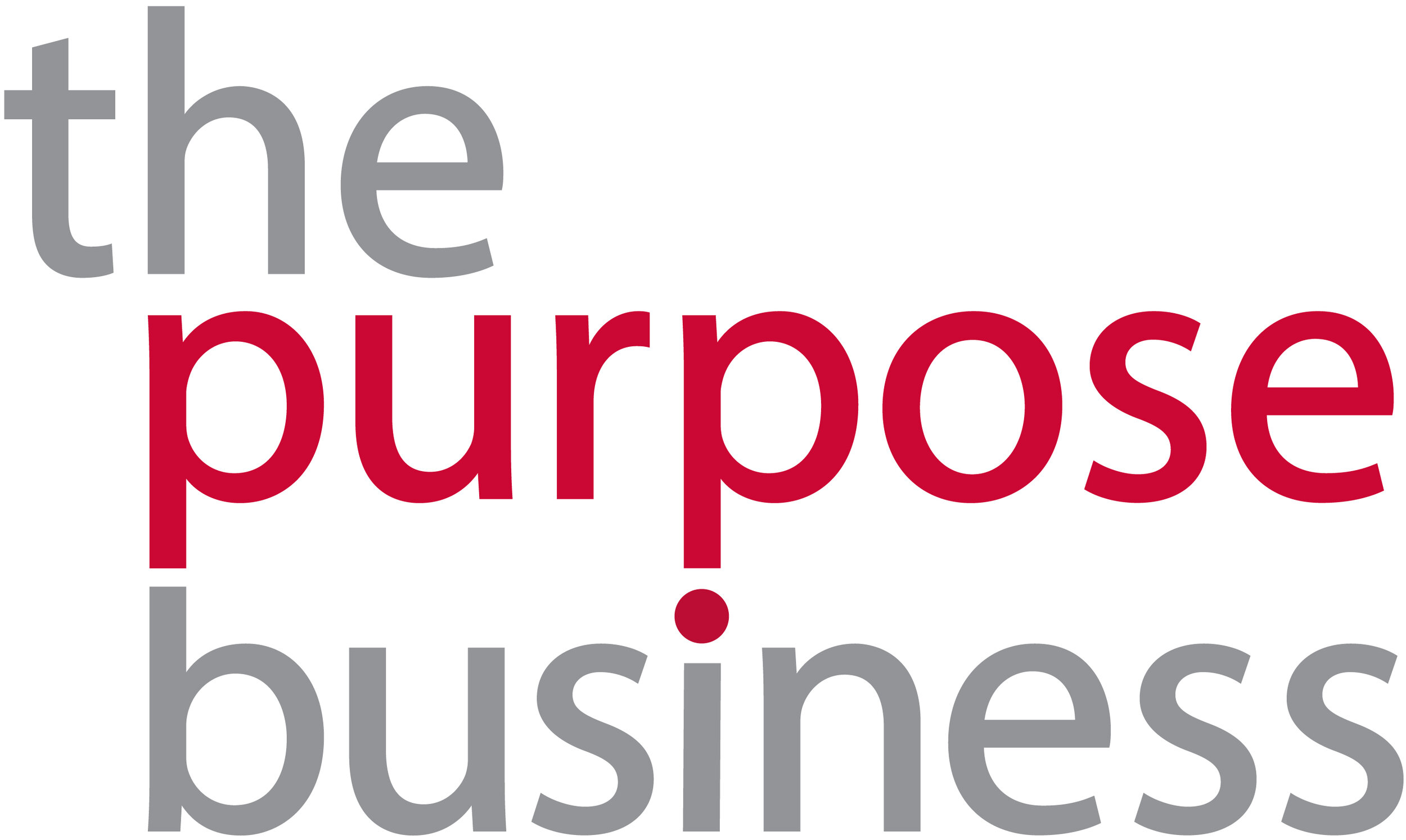ESG Reporting: A step closer to impactful business
Following a consultation with the market in 2015, the Stock Exchange of Hong Kong (‘the Exchange’) issued a revised version of Appendix 27 Environmental, Social and Governance (‘ESG’) Reporting Guide (‘the Guide’) in December 2015, that was partly effective for issuers on the Main Board for accounting periods starting on or after 1 January 2016, and will become fully effective for accounting periods starting on or after 1 January 2017.
This means that 2016 is a year of change for issuers – they will have to disclose more about their ESG activities and results, and prepare to disclose even more in their 2017 ESG reports.
The new Guide concerns Environmental and Social subject areas, whereas the ‘G’ continues to be addressed in the separate Corporate Governance Code. Both Environment and Social subject areas comprise various aspects and for each, the Guide sets out ‘general disclosures’ and ‘key performance indicators (‘KPIs’)’ to be reported in order for an issuer to demonstrate how they have performed. The Exchange however encourages issuers to identify additional Environment and Social issues and KPIs if the Board believes they substantially influence the assessments and decisions of stakeholders.
The Board has overall responsibility for an issuers ESG strategy and reporting and should not consider the Guide as merely a check box exercise.
In a move towards the approach taken for financial reporting, four new principles help determine which aspects should be reported on and how:
Materiality is the threshold at which ESG issues become sufficiently important to investors and other stakeholders that they should be reported.
Quantitative: KPIs need to be measurable and accompanied by explanations of its purpose impacts and giving comparative data.
Balance: The ESG report should provide an unbiased picture of the issuer’s performance.
Consistency: The issuer should use consistent methodologies to allow for meaningful comparisons of ESG data over time.
Through applying the above, issuers can determine what information should be disclosed in the report.
The Guide then stipulates one of two levels of disclosure obligations for each item to be reported:
(a) “comply or explain” provisions – as determined in the Corporate Governance Code, Appendix 14
or
(b) recommended disclosures.
If an issuer does not report on a provision that is defined as “comply or explain”, it must provide reasons why in its ESG report.
The disclosure obligations set out in the Guide can be summarised as follows:
* general disclosures comprise policy + description of degree of compliance with relevant laws and regulations
The 12 Environment KPIs will move from being ‘recommended’ disclosures in 2016 ESG reports to ‘comply or explain’ in 2017. This means that issuers may have to collect new data for the first time with effect from as early as 1 January 2017, depending on their financial year.
Pat Dwyer, founder of The Purpose Business, Baker Tilly Hong Kong’s strategic partner providing ESG services, comments ‘This is a welcome development for the Exchange and Hong Kong market, that keeps Hong Kong tracking in the same direction as other international capital markets where there are increasing demands for more transparency on ESG matters and more non-financial indicators are expected by investors and other stakeholder groups.’
Pat continues ‘This new Guide also sees the ESG disclosures from the Exchange working in complement with the new disclosures required through the Business Review2 section of the Directors Report set out the Companies Ordinance Cap 622. Aligning the ESG and financial reports provides a more holistic way of understanding an enterprise’s results and impacts, which makes so much sense. We don’t believe in disclosure for disclosure’s sake but that ESG factors should be embedded in a business strategically so that they deliver true impact. To consider such areas as just a bolt on and a compliance necessity, is missing many positives and is a potentially risky way to manage a business.’
This article covers highlights from the new Guide only. Please refer to the Exchange’s website for the full text.
1Note the changes to Main Board’s Appendix 27/the Guide explained above were reflected in the equivalent guide for the GEM market, Appendix 20.
2For more details about the Business Review section of the Directors Report, click here.
For assistance in interpreting and implementing the Guide, please contact The Purpose Business.
This article was originally published by Baker Tilly.










